- Description
- Reviews (0)
Description
Please note: This listing is for the baobab pulp (seeds covered with the dry flesh). This is not the whole baobab fruit.
–
The baobab is common throughout Africa, but has been little-known elsewhere until recently when it gained attention for its potential health benefits and versatility in baking and drinks making.
The fruit itself is a small hard pod which has a velvety shell and is about the size of a coconut, usually 15–20 cm long. Inside, it has dry pulp surronding hard seeds. The pulp is either eaten fresh or dissolved in milk or water to make a drink.
The pulp is sweet-sour in flavour and said to taste like mild lemonade when mixed with water.
In Sudan — where the tree is called tebeldi — people make tabaldi juice by soaking and dissolving the dry pulp of the fruit in water, locally known as ‘gunguleiz’.
In Angola, the dry fruit is usually boiled and the broth is used for juices or as the base for a type of ice cream known as gelado de múcua.
In Zimbabwe, the fruit is used in traditional food preparations which include eating the fruit fresh or crushed crumbly pulp to stir into porridge and drinks.
Elsewhere, baobab powder is mixed with milk, and honey or sugar, to make a sweet and refeshing drink.
Be the first to review “Baobab pulp”
You must be logged in to post a review.

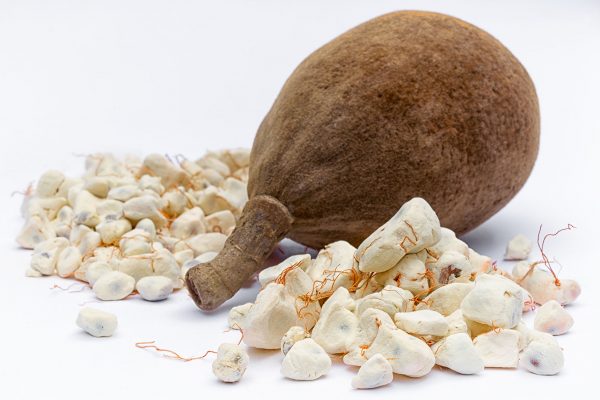
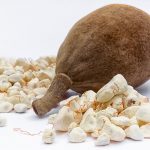
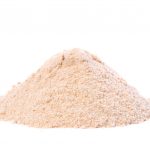
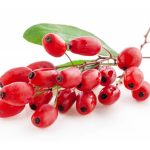
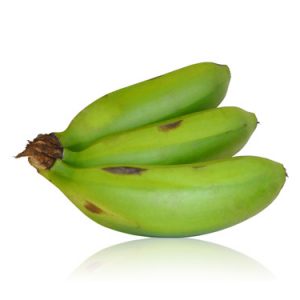
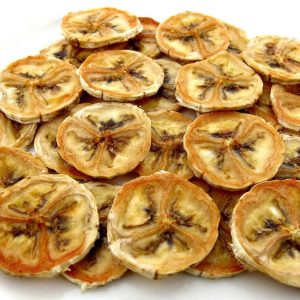
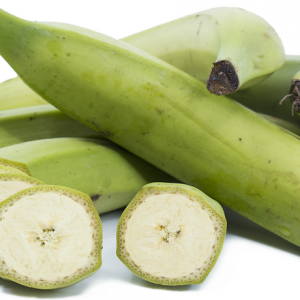
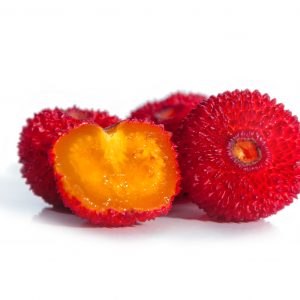
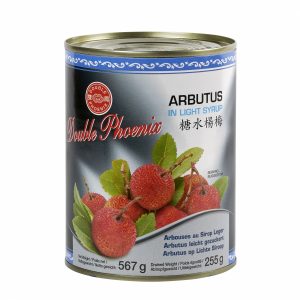
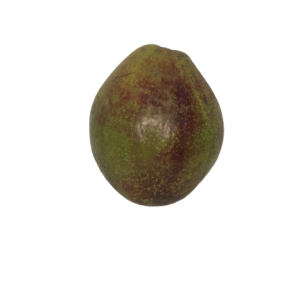
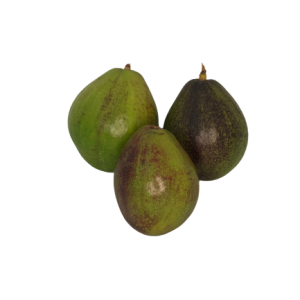


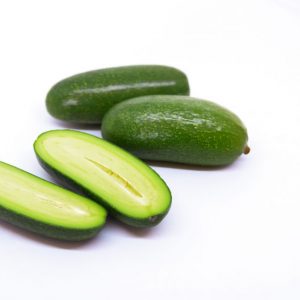
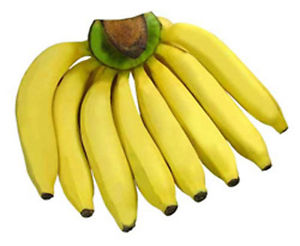

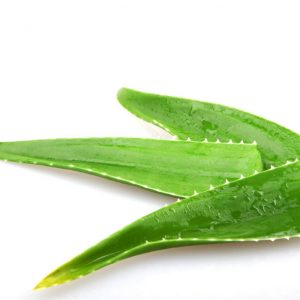
Reviews
There are no reviews yet.